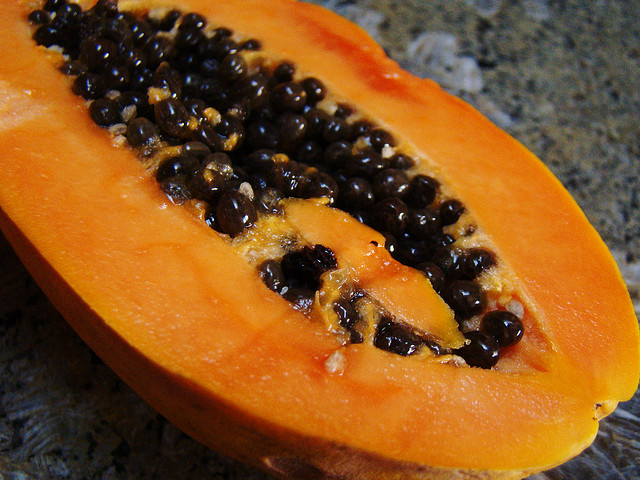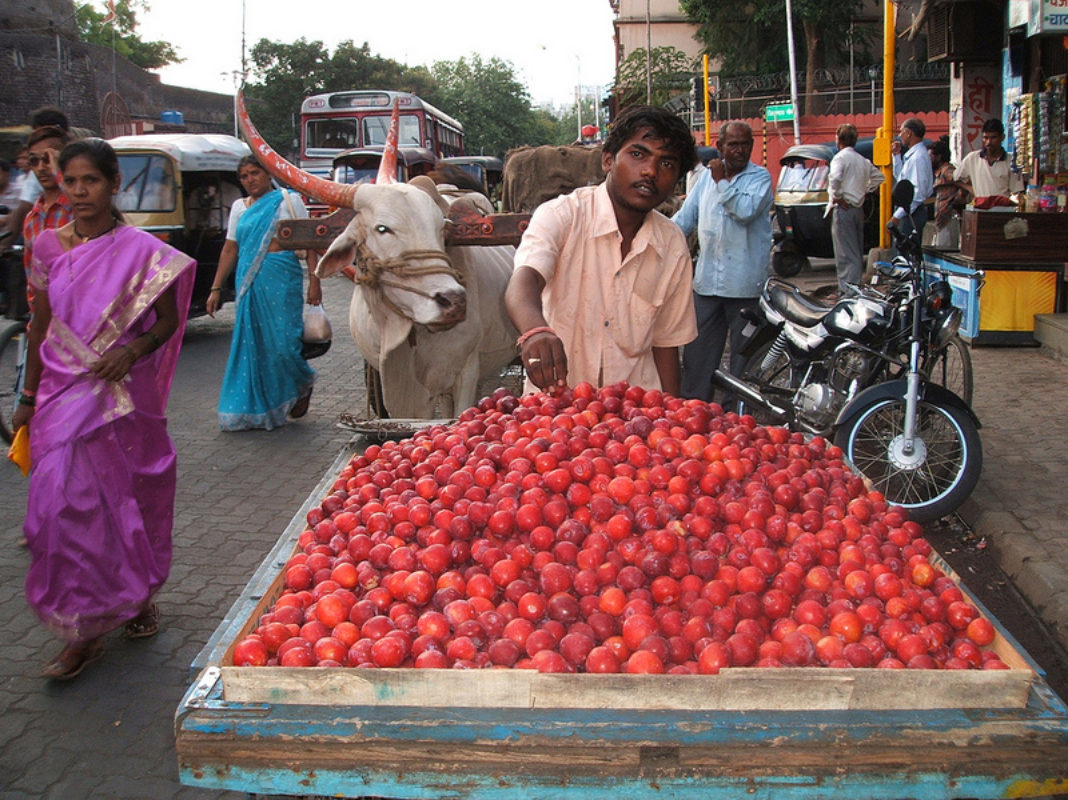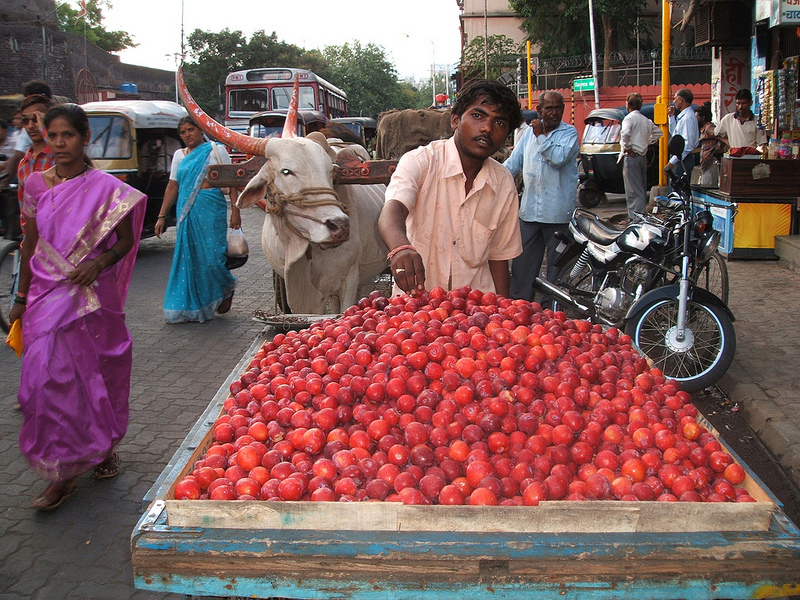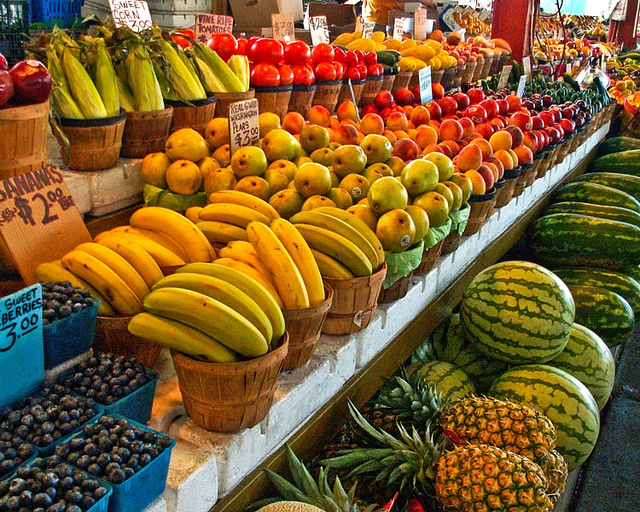Food. It’s the life-sustaining substance that we, as humans, have turned into a masterpiece, an art form that feeds the soul and nourishes the body. Every culture has a staple dish, a dish whose recipe has been passed down through the generations, perfected along the way and whose replications just can’t seem to rival. For travelers, discovering native dishes and enjoying authentic cuisine is (in my biased, food-loving opinion) the highlight of the journey. Eating in local, family owned restaurants is a great way to save money and taste bona fide local fare, especially in Southeast Asia. Meals are a fraction of the price and are typically an accurate gage of the local dishes. However, bypassing the restaurants and being invited into a family home to enjoy a home-cooked meal is by far the best way to experience local cuisine. From Indian curries to Italian gelato to Russian Borsch, the world is a colorful, flavorful buffet waiting to be explored by adventurous foodies.
But when does the local cuisine start to take a toll on health? When does the fried street food of Kolkata or the oodles of noodles of chow mein in Kathmandu start to have deleterious effects on the body? Do you wait until you feel sluggish and heavy or do you wait until you see your midsection expanding in unpleasant ways to start getting back on track with your health-conscious meal choices? Staying healthy and maintaining a nutrition-based diet on the road can be difficult, even for the most hardcore health nuts. (Who can say no to .10 cent ice cream cones?!) These tips will help you keep your body in tiptop shape while still enjoying the benefits of traveling through countries with tasty, yet unhealthy, eats.
Find out where the locals shop
More often than not, locals know the best places to get cheap groceries. Most probably shop at an open-air local market like New Market in Kolkata or Ason in Kathmandu over westernized grocery stores that usually charge tax and for air conditioning. As most travelers know, there is usually a price for locals and a price for foreigners and the difference can be upwards to ten times the original amount for non locals. Figuring out where the locals shop versus shopping in areas aimed at tourist wallets, will save you mega bucks in the long run.
Ason is the Costco of Kathmandu and is where most of the smaller shops buy their products. Also called the old market by Nepalis, Ason is known for its wholesale prices for buying in bulk and its wider variety of items. Spices, teas, rice, lentils, fresh produce, kitchen appliances, even clothes- Ason has it all! Just a ten minute walk south from Thamel in Kathmandu, on the way to Durbar Square, will save you hundreds of rupees.
Sniff out the local farmer’s markets
A great departure from restaurants is hitting up local farmers markets. Most farmers markets not only have fresh fruits and veggies, most also have pre-made health-minded meals or make meals upon order. It’s a great way to meet locals, meet other like-minded individuals, and eat a ridiculous amount of food without feeling guilty afterward.
For Kathmandu, the weekly organic farmer’s market is held on Saturdays at 1905 Restaurant on Kantipath road, right outside the tourist-hub of Thamel. The restaurant has a beautiful garden, shaded by lush green trees and filled with wrought iron benches and tables for dining. The market is mainly geared for expats and tourists as the prices are higher than the local Nepali market but the food is organic, which is a hard find in Nepal, and has a greater selection of vegetables. Most of Nepal’s fruits and vegetables are imported from India which means the selection is limited to what is in season and is often covered in pesticides. Finding exotic fruits, like strawberries, is possible only at select markets, the 1905 Market being one of them! The market also has organic ice cream (for only 50₹!), organic coffee, hand-crafted macrame jewelry, fair trade shopping bags, home-made fudge, cookies and pies, along with imported French wines and cheese. The idyllic setting makes for a day well spent grocery shopping for the week, having glass of red wine with a baguette or having a latte with breakfast.
Find a hostel or guest house with a kitchen
This is easier said than done. Kitchens are the holy grail of budget traveling. Depending on your length of stay in a particular place, finding a hostel or guest house with a kitchen may make a world of difference for both your wallet and your body. Initially, you may have to pay more for your accommodations but saving money by preparing your own meals and not eating out will balance and actually cut costs. I’ve stayed at places with a kitchen three times now, and each time I spent a quarter of the money I would have spent had I not stayed somewhere with a kitchen.
Most countries in Southeast Asia only have stoves, microwaves and ovens are essentially nonexistent, but there are enough heathy meals that can be prepared by stovetop or eaten raw. Having a kitchen allows you to reconnect with your food and your body as you aren’t limited to the four or five choices that most mom and pop restaurants offer or the overpriced salads and fruit and yogurt bowls at tourist restaurants.
Also, staying at a hostel with a kitchen also allows for the development of community among travelers. Chances are, other travelers are tired of the same dishes at the restaurants and miss cooking too. Putting your funds and heads together, you can make a night of cooking your favorite meals from back home for your new friends. It also gives you a chance to learn how to make local dishes but on your terms, in healthier ways. You can learn how to make that beloved dal fry but without oil, or the cherished chapati but with wheat flour instead of white. The options are endless!
Invest in a Tiffin, Tupperware, a Knife and Iodine
If you are an expat like me, grocery shopping and preparing your own meals is the ideal way to stay healthy and save money. But if you’re passing through on a shorter visit and still want to maintain a steady dose of fruits and veggies, investing in a Tiffin (a metal container with separate compartments-kind of like a lunch box) or Tupperware, a knife and iodine is your best bet.
The first time I came across a Tiffin was in India when I was staying with a family for a few weeks. The mom woke up every morning at 5 to make her husband a full meal for lunch and placed the whole meal in a metal container, each dish in its own compartment. Out on the road again, we got one and have used it almost daily!
Once you have your tiffin, you can load up on carrots, cucumbers, grapes, apples, papayas and snack guilty-free on those long train or bus rides. The knife, though handy for other tasks as well, is a great tool in peeling or slicing your raw foods, which will make them easier to fit in the tiffin.
We’ve all heard the warning: stay away from raw fruits and veggies while on the road in a foreign country: only eat cooked food to avoid stomach illnesses. While this seems like sound advice, it also limits food options. I have a serious obsession with fruit, so this advice was not heeded. Through research, I found that disinfecting raw foods with diluted iodine is a great way to have your cake (I mean fruit) and eat it too. Vinegar is also an option for disinfection, but it doesn’t kill the most harmful bacterias of E.Coli and salmonella. The same can go for iodine, so mixing them together will be a 95% effective disinfectant.

Eating healthy at home while you are in the familiar setting of your own kitchen with all your food gadgets (how I miss you, food processor) and in reach of all your favorite ingredients is easy. When traveling, daily routine is nonexistent and being surrounded by foreign recipes and delicacies, staying on a healthy track can be a Goliath task.
Once the novelty of eating out at restaurants and street vendors wears off and you realize your once healthy body is suffering the consequences of your new eating habits, these tips will help you steer your foodie-self back in the direction of health-oriented meals. Asking locals for tips on how to buy cheap produce, Googling farmers markets in your area, and investing in food containers are sure fire ways to keep your wallet and your belly happy and full.








